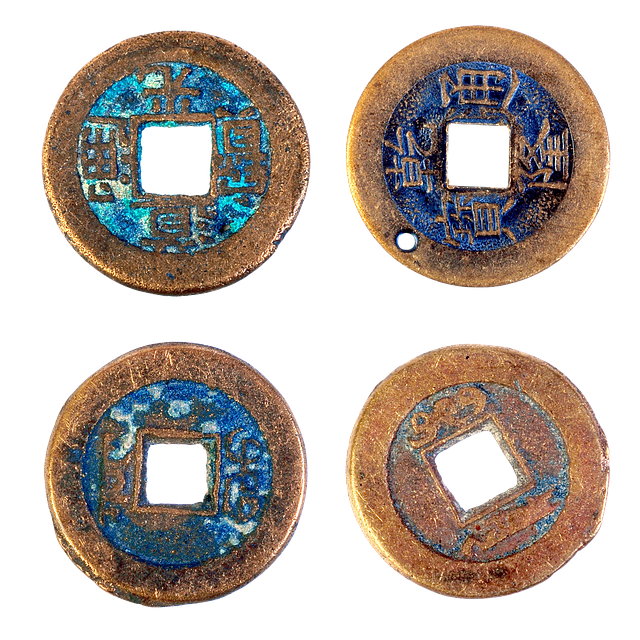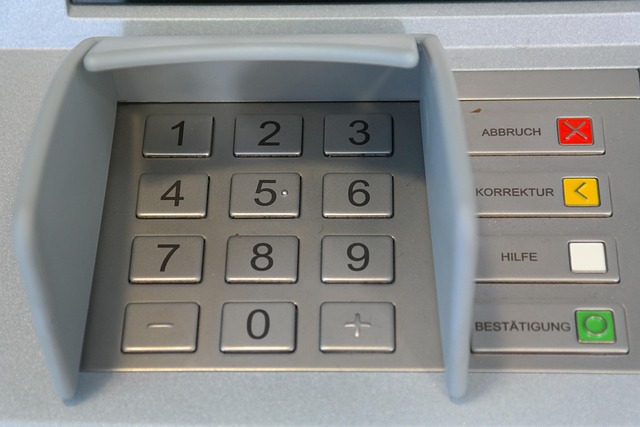Title loan forgiveness programs provide low-income borrowers with a financial safety net, offering relief from high-interest car title loans by directly depositing forgiven amounts into borrower accounts. Eligibility criteria include income levels, creditworthiness, and flexible payment capabilities, with lenders assessing employment history and outstanding debt. Program availability varies by location, requiring borrowers to understand state guidelines, gather necessary documents, and communicate effectively with administrators for successful debt reduction.
Many low-income borrowers turn to title loans as a quick financial solution, but these short-term loans can create a debt cycle. Enter title loan forgiveness programs – designed to offer relief by wiping out outstanding debt. This article explores these initiatives, delving into their workings and how they specifically benefit the less affluent. We break down eligibility requirements, guide readers through applications, and provide insights into repayment processes, empowering borrowers to access these lifesaving programs effectively.
- Understanding Title Loan Forgiveness Programs
- Eligibility Criteria for Low-Income Borrowers
- Navigating Application and Repayment Process
Understanding Title Loan Forgiveness Programs

Title loan forgiveness programs have gained prominence as a crucial financial solution for low-income borrowers grappling with debt. These initiatives offer a way out of the cycle of high-interest car title loans, which can leave individuals in a financial bind. By providing forgiveness or relief from these loans, programs aim to alleviate the burden on borrowers and promote economic stability.
Direct Deposit is often a key aspect, ensuring that any forgiven amounts are deposited directly into the borrower’s account, offering convenience and swift relief. These programs recognize the unique challenges faced by low-income communities and seek to empower individuals to regain control of their finances. With the rise of such initiatives, there is hope for a more accessible and forgiving financial landscape.
Eligibility Criteria for Low-Income Borrowers

Low-income borrowers interested in participating in title loan forgiveness programs must meet specific eligibility criteria set by the lenders and government initiatives. Often, these programs are designed to provide financial assistance to individuals with limited economic resources who have taken out secured loans, such as car titles. Key factors in determining eligibility typically include income levels, creditworthiness, and the ability to make flexible payments without defaulting.
Lenders may consider factors like employment history, household size, and outstanding debt when assessing a borrower’s financial health. Some programs prioritize individuals with lower incomes who are facing economic hardships or have a history of making timely secured loan payments. The availability of title loan forgiveness initiatives varies by location, so understanding the local options is crucial for eligible borrowers seeking financial relief.
Navigating Application and Repayment Process

Navigating the application process for title loan forgiveness programs requires a clear understanding of eligibility criteria and required documents. Borrowers should start by researching state-specific programs designed to aid low-income individuals who use their vehicle collateral for emergency funds. Each program has its own set of guidelines, so it’s essential to carefully review the requirements before applying. This may include proof of income, employment verification, and documentation related to the borrower’s financial situation.
Repayment often involves structured installments tailored to the borrower’s capacity, allowing them to gradually reduce their debt. Some programs offer flexible repayment plans, while others may have specific deadlines. It is crucial to adhere to these terms to maintain eligibility for forgiveness. Efficient communication with the lending institution or program administrator is key to ensuring a smooth process, addressing any concerns promptly, and successfully utilizing this financial solution during challenging times.
Title loan forgiveness programs offer a lifeline for low-income borrowers facing overwhelming debt. By understanding eligibility criteria, navigating the application process, and committing to repayment, individuals can take control of their financial future and break free from the cycle of high-interest title loans. These programs not only provide relief but also foster economic stability and empowerment within vulnerable communities.






